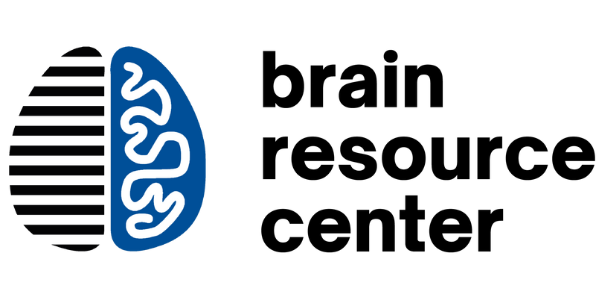
Treatment for Dyslexia in NYC
What is Dyslexia?
Dyslexia is one of the most common learning disabilities, which affects areas of the brain that process language. People with dyslexia have difficulty reading and writing, which results from challenges identifying speech sounds, letters, and words.
Early intervention is crucial to prevent long-term academic and psychological harm. Without proper support, children and adults can suffer academically and in their professional lives, have difficulty communicating, and develop poor self-esteem.
With proper support, most children with dyslexia can succeed in school. Academic accommodations for testing, specialized reading/writing tutoring, and emotional support can help dyslexic children develop academic skills and a positive sense of self.
Confusion of similar letters or speech sounds
Difficulty reading and writing
Delayed speech development
Poor handwriting
Spelling mistakes
Visual disturbances when reading
Dyslexia Symptoms:
Improving Dyslexia with Neurofeedback
We offer the most comprehensive brain mapping assessments in order to identify dyslexia and distinguish it from other types of learning disabilities. Research has found that people with dyslexia have different brain structure and activity, and we can identify these differences in our brain mapping. Most notably, children and adults with dyslexia show under-activation of the temporal, parietal, and fusiform regions of the left hemisphere (regions associated with language and reading). By targeting these areas through neurofeedback, we can encourage individuals to build and strengthen new neural pathways in this region. This technique has been shown to improve phonological awareness, spelling, attention switching, and response inhibition in individuals with dyslexia.
How does Neurofeedback work?
-

1. Brain map
Brainwave assessment identifies imbalances and helps to create a personalized treatment plan.
-

2. Treatment setup
Non-invasive sensors and headphones are placed on your head and the treatment session begins.
-

3. Brain activation
Software translates your brainwave data and stops or starts audio/visual media based on your brain activity.
-

4. Conditioning
In response to the audio/visual feedback, your brain adapts and learns to regulate your brainwaves and build new, healthy neural pathways.
-

5. Brain Training
Over time with continuous brain training, healthy brain activity in target regions increases, and symptom-associated activity decreases.
Ready to start the process?
Step 1: Schedule an intake appointment.
This initial session is a time for you to meet with our clinical psychologist, Dr. Fallahpour, to discuss your medical history, symptoms, goals, circumstances, etc. Fill out the booking form here or call us directly at 212-877-2130 to schedule your intake session or inquire for more information.
Step 2: Complete brain assessments.
After your intake session with Dr. Fallahpour, we recommend that you complete a qEEG brain map and neuropsychological screening. This provides us a more objective understanding of what is happening in your brain and which issues we need to focus on treating.
Step 3: Start treatment sessions.
After reviewing the results of your brain assessments, Dr. Fallahpour will design a personalized treatment plan for you. Then you will be able to start treatment sessions in office or remotely if eligible. Click here to learn more about our treatment options.
Related Research
Does it help to train attention in dyslexic children: Pilot case studies with a ten-session neurofeedback program. Click here
The effectiveness of neurofeedback training on EEG coherence and neuropsychological functions in children with reading disability. Click here
Using Neurofeedback to Restore Inter-Hemispheric Imbalance: A Study Protocol for Adults With Dyslexia. Click here


